In this guide, we’ll show you how to create a Sales Contract in Google Docs and then turn it into a PDF using data from your Airtable base.
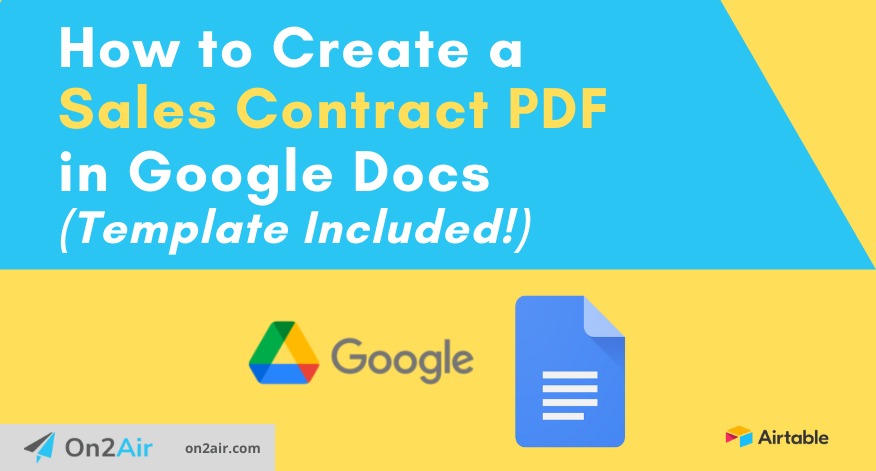

In this guide, we’ll show you how to create a Sales Contract in Google Docs and then turn it into a PDF using data from your Airtable base.
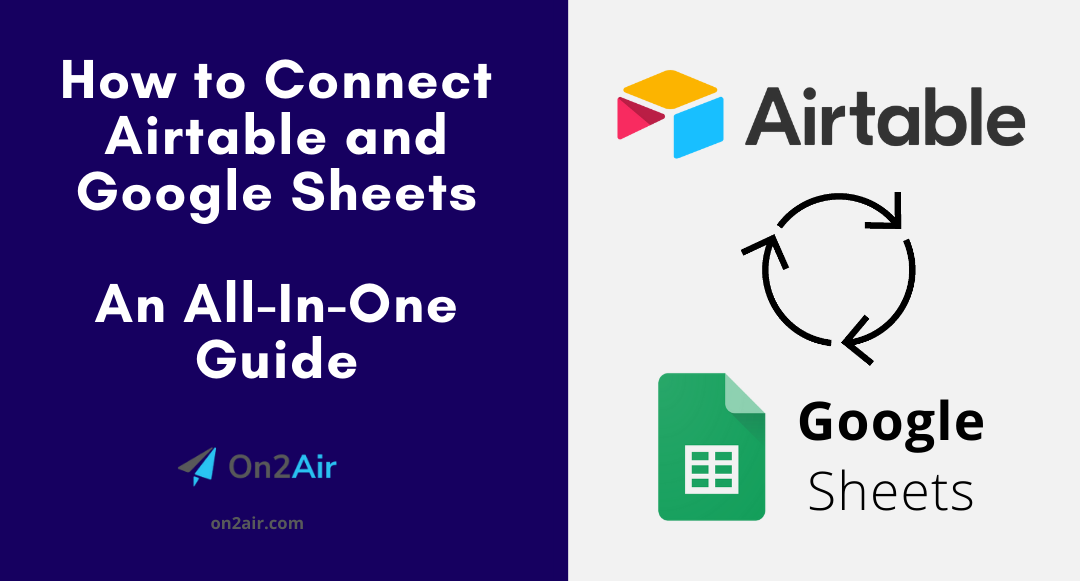
In this guide, we’ll show you the many ways you can connect and use Google Sheets and Airtable together. Whether you want to sync your data automatically between the two tools, update a cell in Google Sheets after you change it in Airtable, edit your Google Sheets spreadsheet while you’re inside of Airtable, or add Sheets as a PDF, Excel, or CSV in your Airtable base, we’ll go through each of the ways you can use them together.
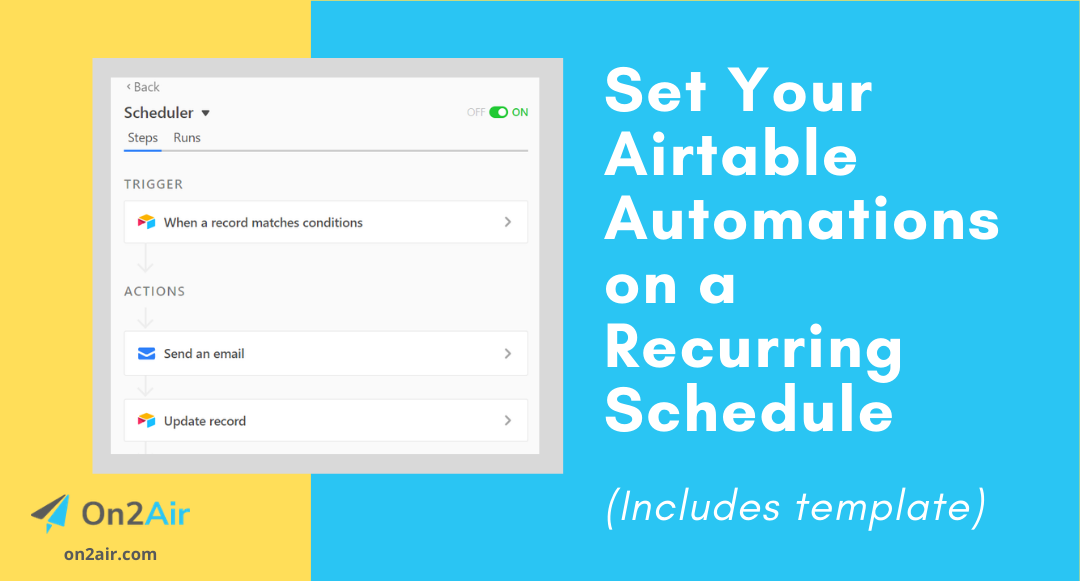
Automations in Airtable make it easy to complete and schedule tasks in the background. You can create a scheduler for your automations using this easy setup, so your automations run on a specific day, week, or month.

With Airtable Automations, you can email your client an ‘Invoice Paid’ email when you mark an Invoice as Paid. You don’t have to take extra steps to export the invoice and then email it to your client. In this example, we will email a client when an invoice is marked paid
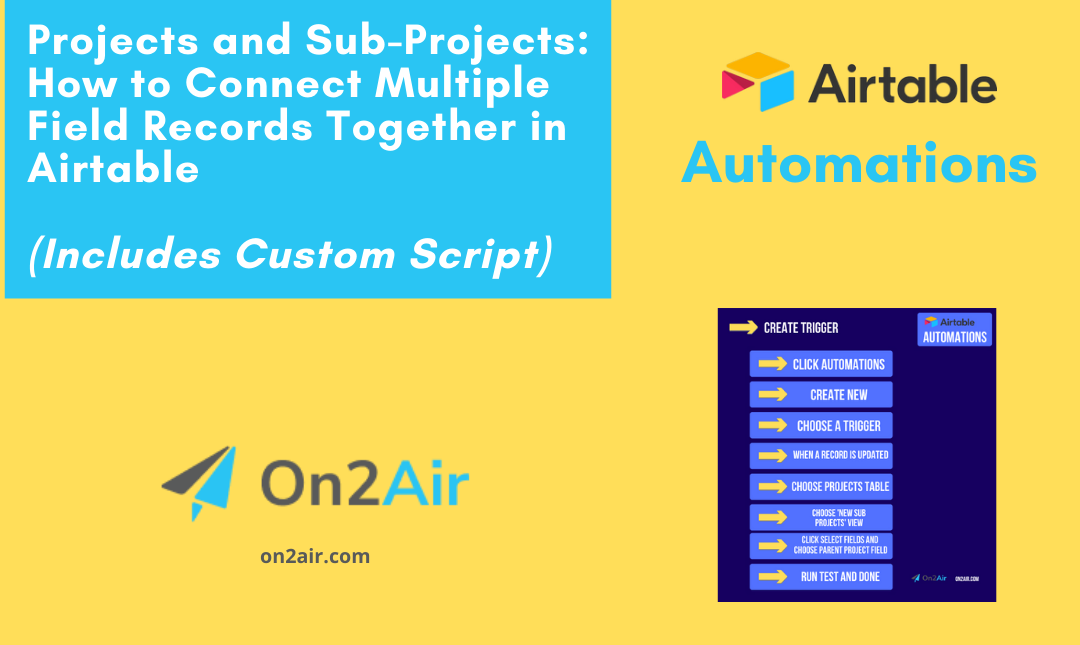
Automations in Airtable make it easy to complete basic in-app tasks. Learn how to connect multiple field records together using Airtable Automations. In this example, we link sub-projects and main projects together in Airtable.
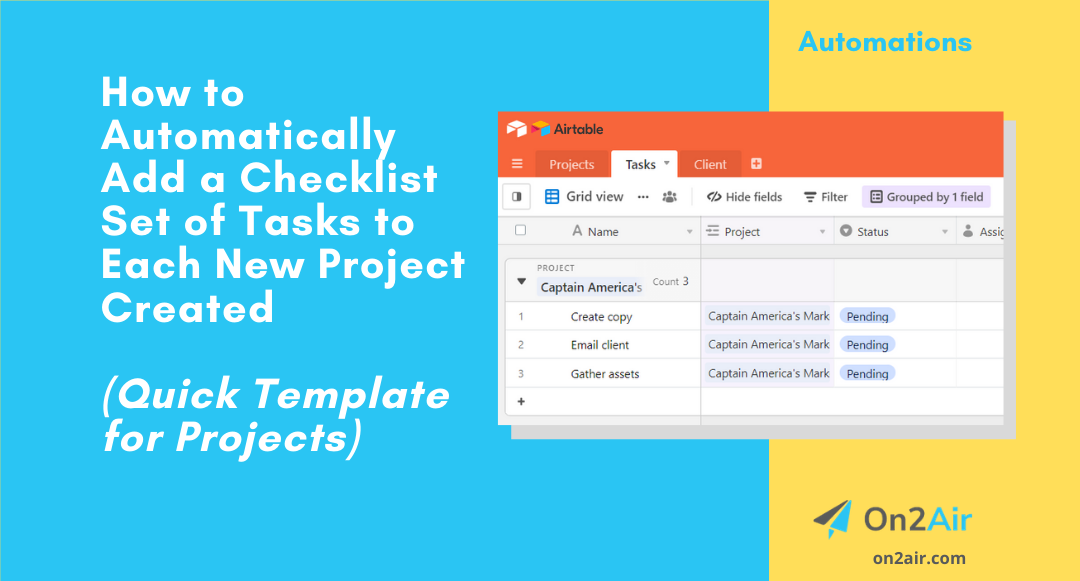
With Airtable Automations, you can create an automation to add a checklist set of tasks every time you create a new project. This automation will save you time and monotonous manual data entry.
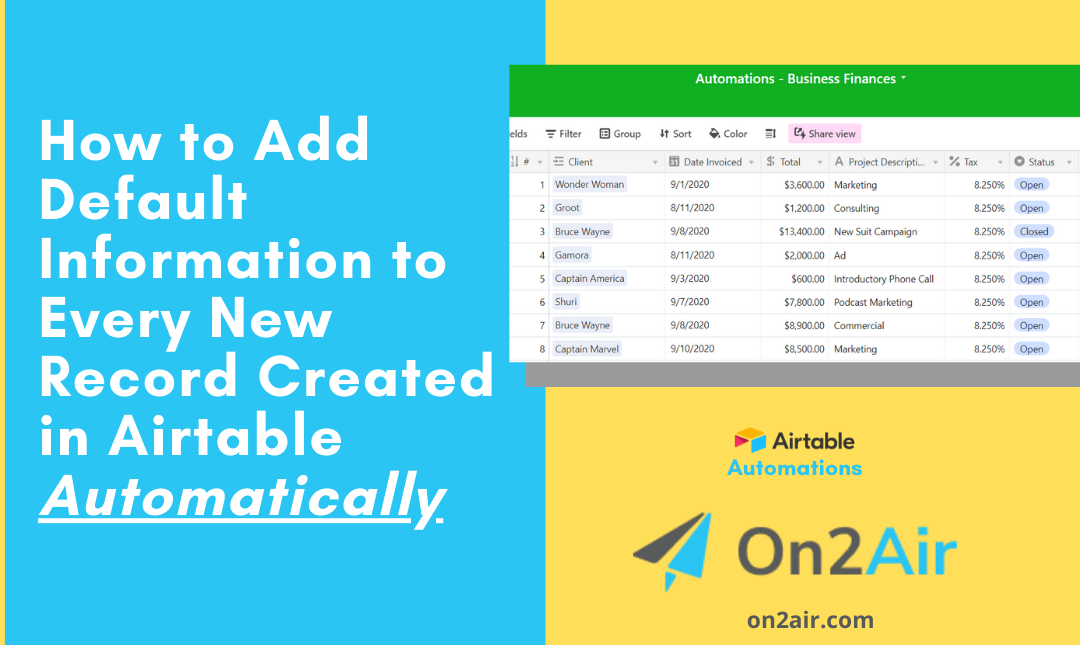
With Airtable Automations, you can set any new record to have the same default information each time one is created, saving you time and data entry error. In this example, we will add default information to multiple fields in an Invoice record.